In recent years, consumer electronics have adopted more efficient application processors and SoCs, which have higher computing power and smaller size. In addition, consumers also hope that electronic products can have longer working hours. For this reason, power management chip (PMIC) design has begun to develop toward high integration, high efficiency and high flexibility.
Roger Yeung, senior marketing manager at Maxim, said in a recent media interview that more and more consumer electronics products use high-performance processors to meet applications such as virtual reality (VR), augmented reality (AR), and deep/machine learning. There is also an increasing demand for improved power efficiency and reduced form factor. Therefore, PMICs must be designed with high integration, high efficiency, and high flexibility, as well as high stability, low power consumption, ease of design, and low cost.
Roger further explained that electronic products are getting smaller and smaller. Therefore, the primary consideration of PMIC design is how to achieve high integration to reduce the overall size while reducing the board space and component cost of consumer electronics. At the same time, consumers hope that the longevity of electronic products will be better. Therefore, how to achieve high efficiency and low power consumption, Low iq to maintain the status of Always on, is the second design key of PMIC.
For electronic product manufacturers, in addition to creating high-efficiency, small-size, long-life products to meet consumer demand, it is also expected to further reduce development costs and speed up the time-to-market. Therefore, the PMIC must not only have high integration and high efficiency, but also must have high flexibility.
Roger pointed out that to achieve high integration, the entire IC requires many groups of Channels, and to control the timing of each group of Channels, MCU is needed, but this also makes the design and operation more complicated. Therefore, Maxim Integrated uses FPS instead of MCU for timing control, which reduces the complexity of the operation. Since the control is mainly handled by FPS, the MCU is no more necessary, which reduces the design difficulty and speeds up Time to Market.
Roger said that, in summary, electronic products continue to develop toward high computing, small size, low power consumption, PMIC must therefore have higher integration, higher efficiency and flexibility, and PMIC suppliers are also committed to developing a new generation of solutions. Solutions such as Maxim have recently introduced a new generation of high-performance PMICs "MAX77714" and "MAX77752" for AR/VR, drones, etc.
For details on these two products, please refer to Maxim Integrated's website: https://www.maximintegrated.com/en/products/power/switching-regulators/MAX77714.html

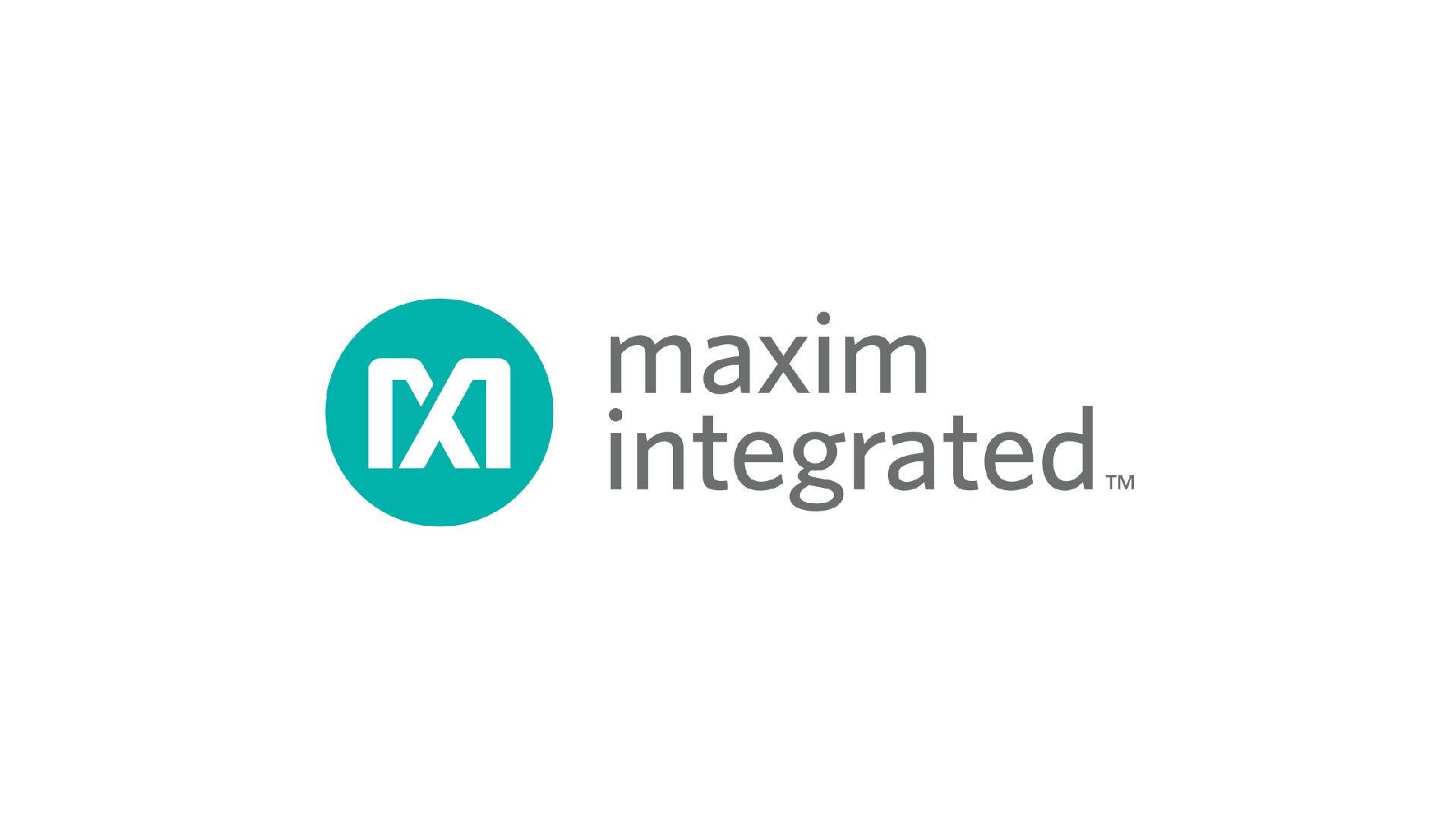






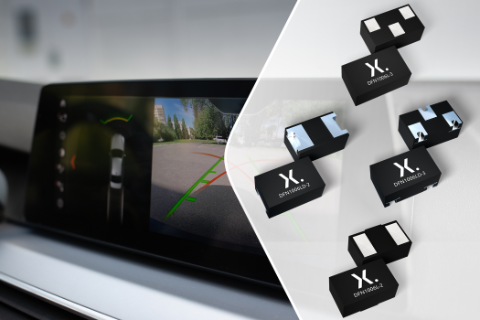
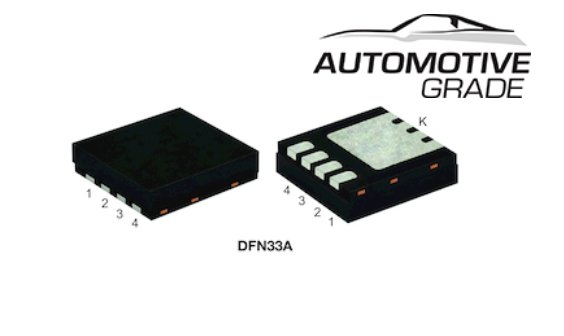
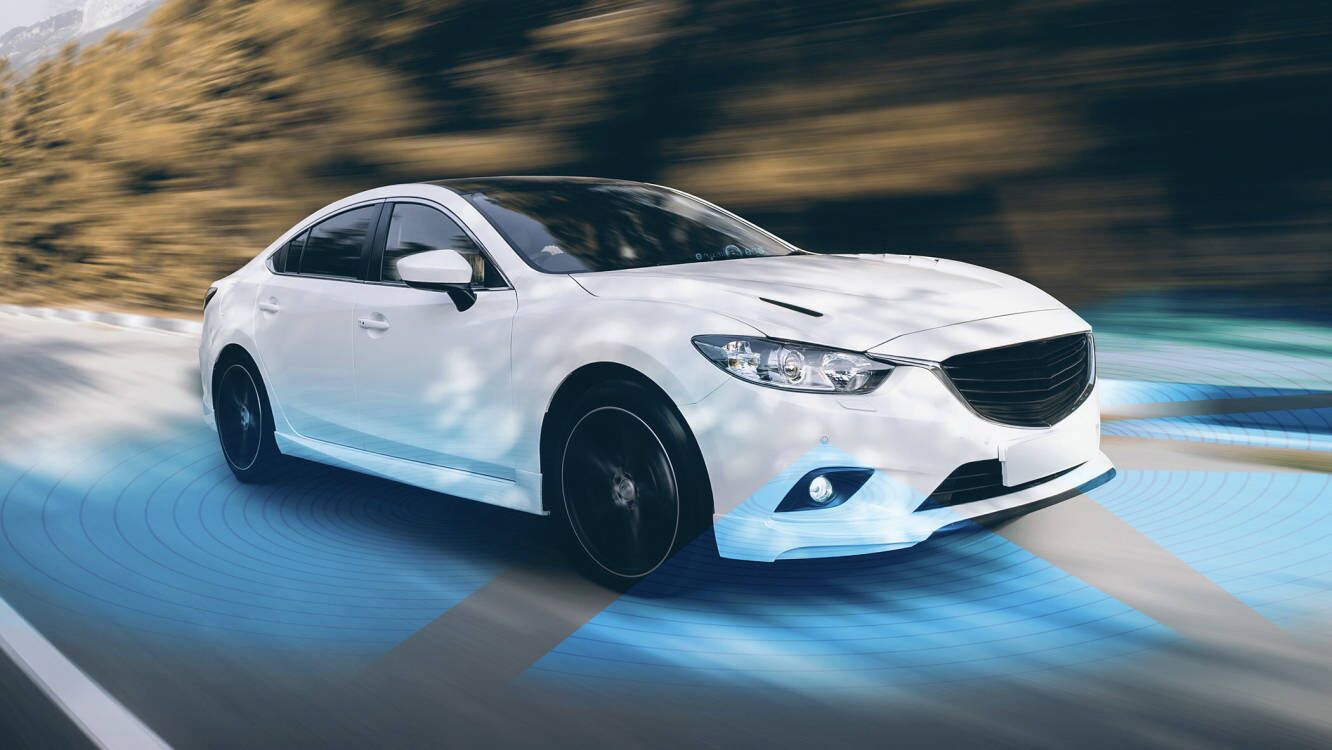
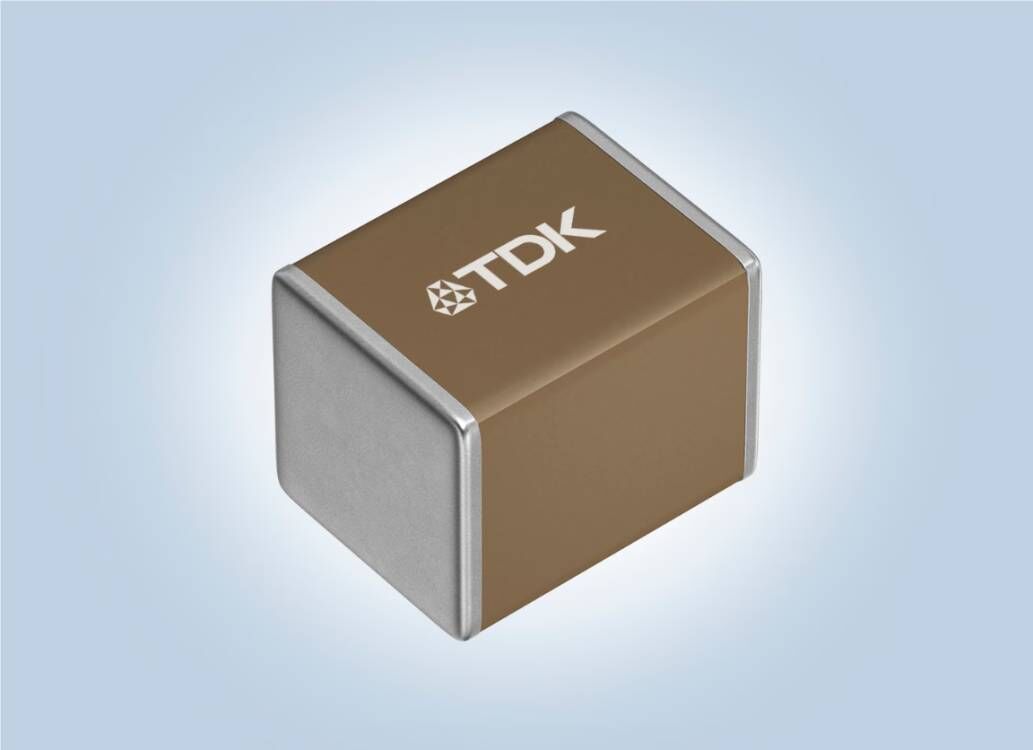
All Comments (0)